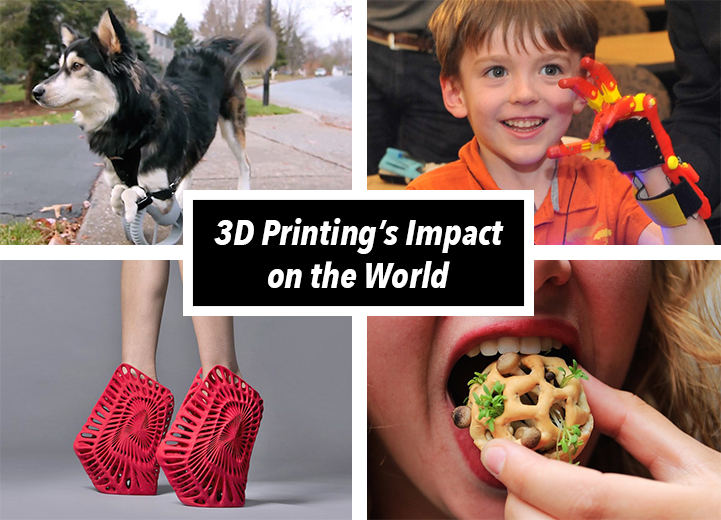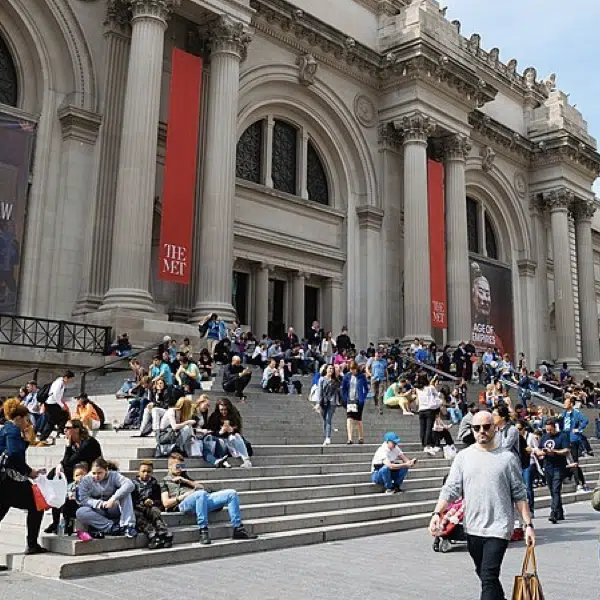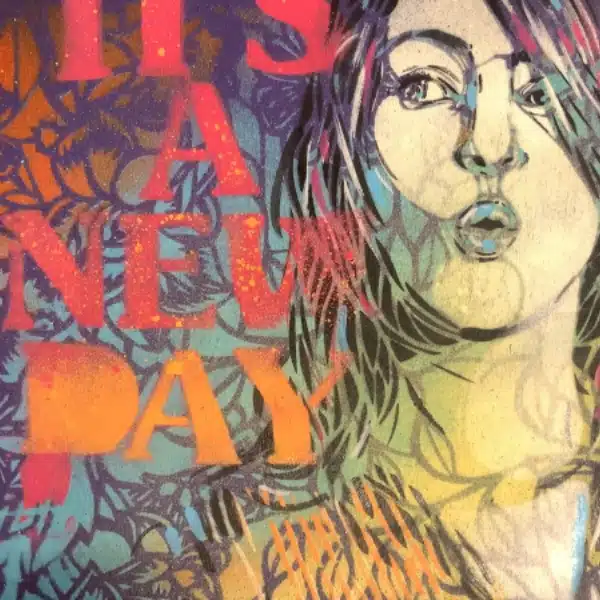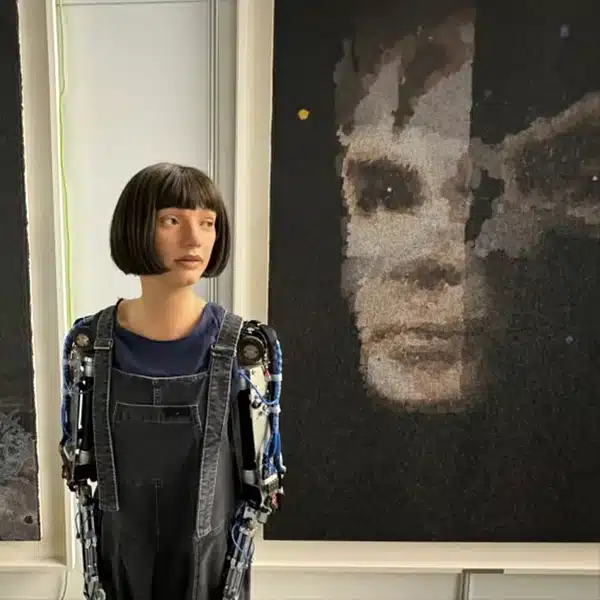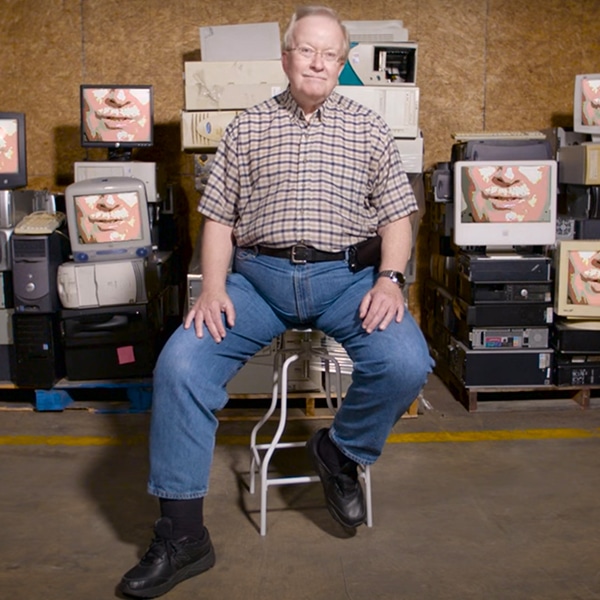As time progresses, so do advancements in technology. Today, we live in a high-tech world filled with constantly evolving mobile devices, a variety of handheld gadgets, and apps for just about everything, but we're only at the beginning of a big boom in the 3D printing industry. 3D printers may not be in every home just yet, but they're making a huge impact on the world we live in and are reinventing a future of possibilities.
More than a tool for mass production, engineers, artists, and medical professionals are using 3D printing technology to revolutionize the worlds of technology, art, healthcare, fashion, food, gardening, and so much more. Here are just a few ways that 3D printing has already left its mark on our world.
Touchable Ultrasounds for Blind Mothers and Yearbooks for Blind Students
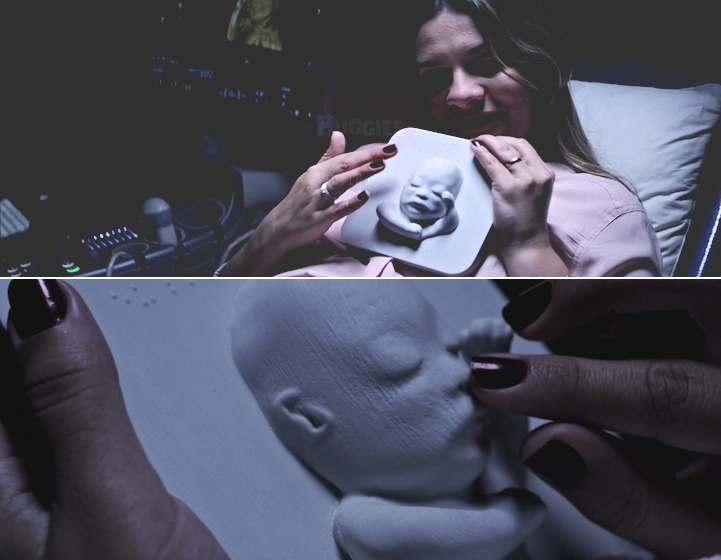
Huggies Brasil utilized the power of 3D printing technology to help blind mothers-to-be “see” an ultrasound image of their unborn child. Using this dynamic art form, they created realistic ultrasound sculptures, specially designed for blind mothers to have the same opportunity of bonding with her baby before s/he is born. This allows each woman to experience the joy of discovering what their future child is going to look like, an unforgettable moment that celebrates love and life.
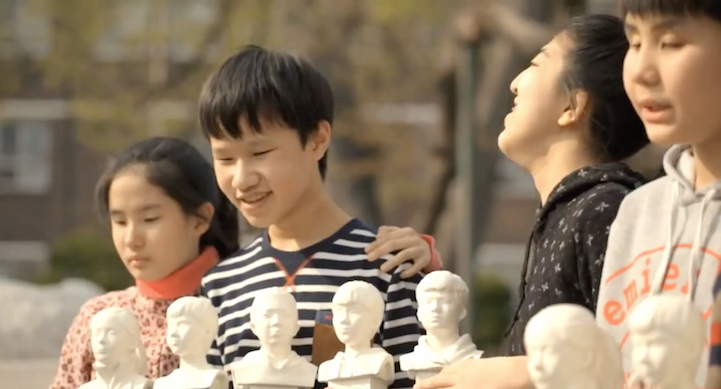
The Seoul National School for the Blind teamed up with 3D TEK to surprise eight members of their graduating class with a Touchable Yearbook. Rather than a booklet filled with images, these yearbooks are lifelike busts with braille name tags. Blind students can actually feel these concrete forms as they discover their friends' faces and run their fingers over their names. In giving these students the chance to do so, 3D printing has provided them with memories that will last a lifetime.

Edible, Nutrient-Rich Culinary Creations

3D printing is reinventing the way we prepare our food. To help people with dietary restrictions, 3D-printed foods are being created with a specific amount of vitamins and nutrient-rich supplements. An eco-friendly approach is also being taken with alternative, nutritious ingredients that would normally be harvested from the environment. Down the line, this is intended to better our quality of life and improve our relationship with Mother Nature.
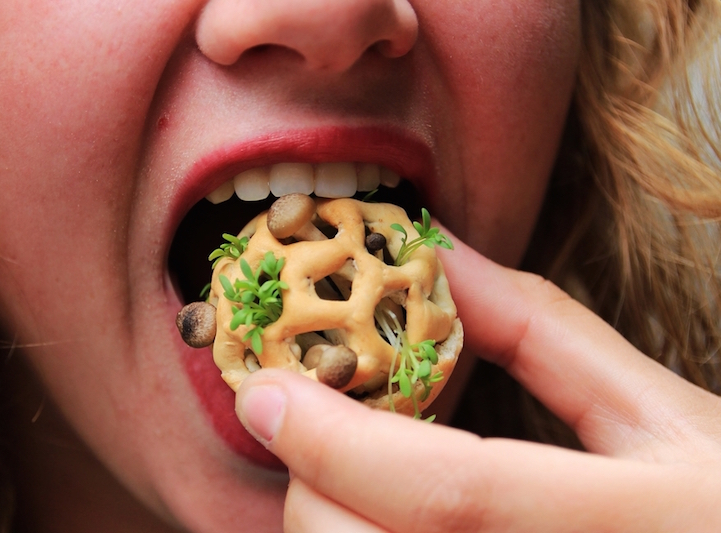 Photo source: 3Dprinting.com
Photo source: 3Dprinting.com
Creative Prosthetic Limbs for Adults and Children
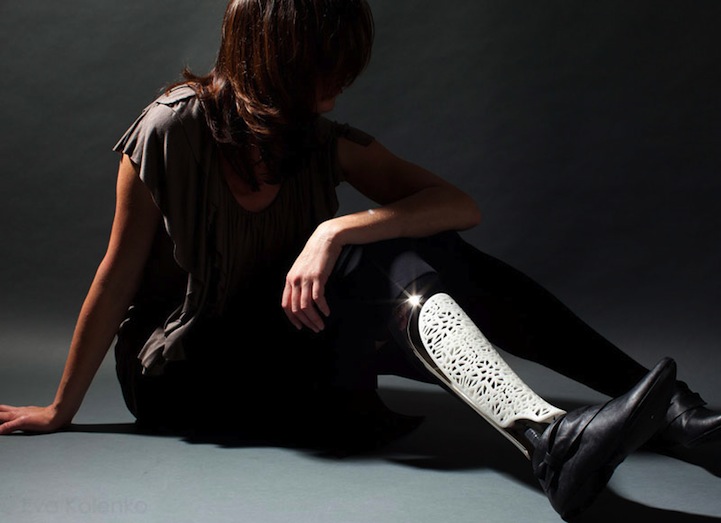
3D printing may be in its early days, but its positive effects on the lives of people, young and old, are ever-present in unexpected ways. This is particularly clear through the advent of custom-built prosthetic limbs, which offer a new level of confidence and pride in one's body. Industrial designers like Scott Summit (of Bespoke Innovations) have begun incorporating sleek, modern designs in the production of prosthetics for adults, encouraging wearers to show off their artistic, new limbs. There are even companies that focus on creating limbs specifically for children, adding a playful aesthetic to help children cope with the loss of an arm or leg, while simultaneously preserving and building their self-esteem.
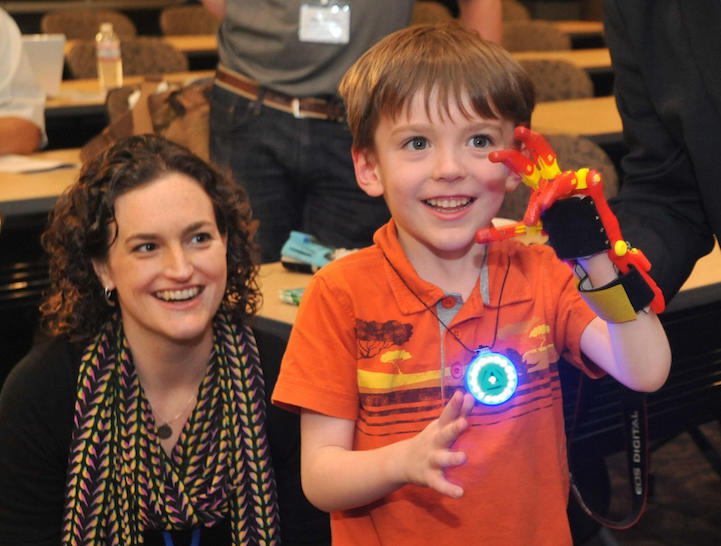 Photo source: Amy Davis / Baltimore Sun
Photo source: Amy Davis / Baltimore Sun
Prosthetics for Disabled Animals

Humans aren't the only ones to benefit from the development of 3D printing technology. More and more animals are being given second chances at life, thanks to creative prosthetics designed to increase protection and mobility. Whether it's Derby the dog's new set of paws, Cleopatra the tortoise's bright red shell, or TurboRoo the chihuahua's set of cart and wheels, 3D-printed products have enriched the lives of disabled creatures in exciting and innovative ways.
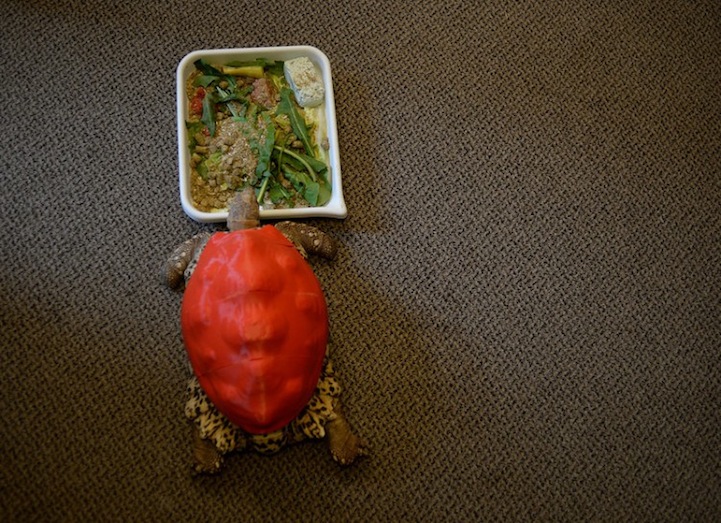
Reinventing Classic Boardgames and Gardening
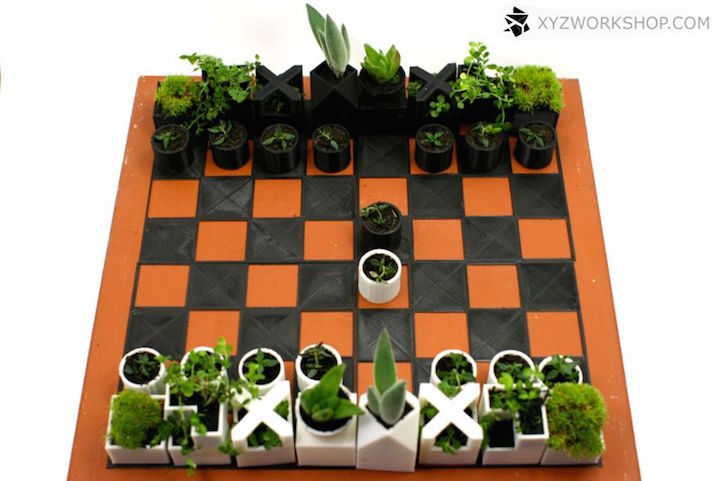
Thanks to 3D printing, it's now possible to put a new spin on timeless, well-loved products. The MicroPlanter Chess Set by XYZ Workshop does this in a fun and engaging way by cleverly combining the classic game of chess with nature. Their Bauhaus-style chess pieces double as miniature planters that each hold a different herb or succulent. Best of all, this set is completely customizable, allowing users to download and print their pawns, kings, and queens in a variety of colors and materials.
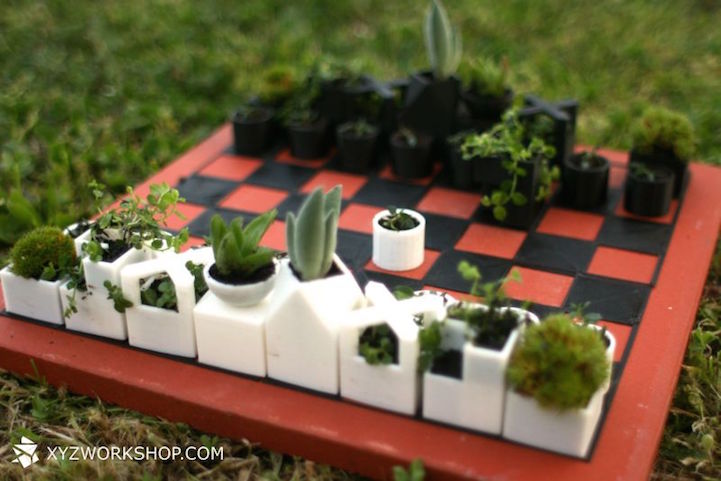
Modular Homes for People and Animals

Lodging, which seems an unlikely candidate for 3D printing, is becoming more and more common for both humans and animals. From salt igloos to bird's nests to entire modular homes, these habitable places can often be constructed for a fraction of the typical cost and building time. They can also produce safer structures, using materials that are fireproof, waterproof, and free from harmful substances. It's exciting to see where the housing industry will go as this type of printing begins to take off.
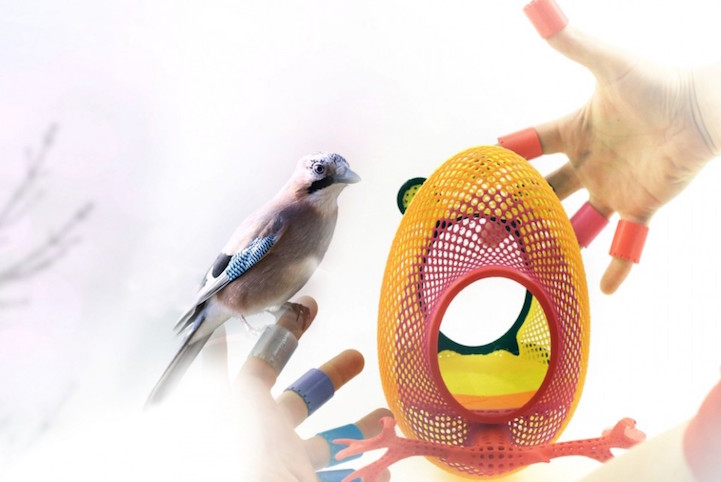
Artistic, Wearable Fashion and Accessories
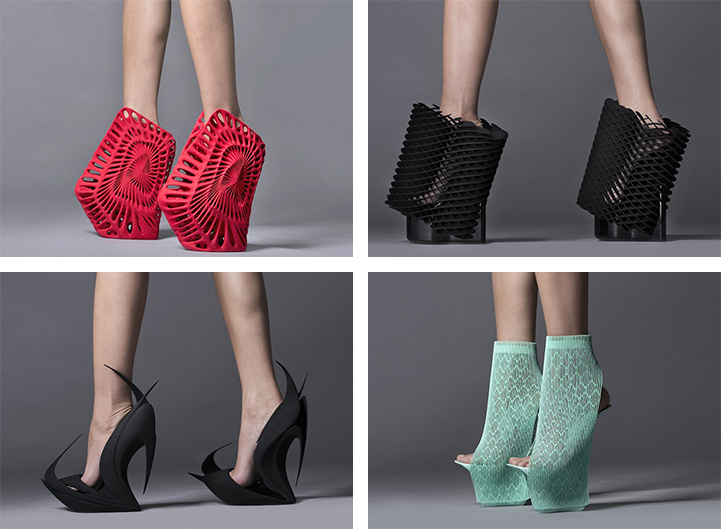
The fashion industry has already begun embracing 3D printing techniques, incorporating its useful technology to map out and construct artistic, wearable clothes and accessories. Like its use in architecture, 3D printing offers the fashion world a digital process for constructing complicated geometric designs with great ease. Many architects and fashion designers have already collaborated to expand the limits of their art with the use of this new technology.
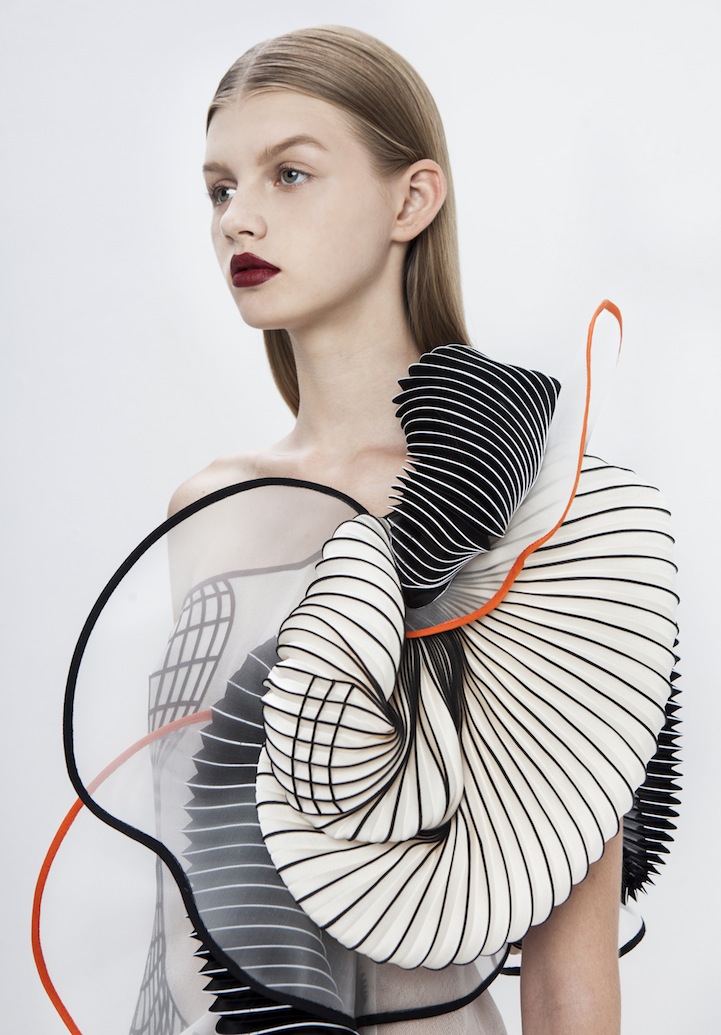
Besides couture clothing and shoes, artists like Colleen Jordan use 3D printing to produce functional fashion. Her unique fashion accessories help to keep nature close to your heart. Called Wearable Planter, her adorable creations feature miniaturized vases and decorative containers that hold tiny sprouts, succulents, and flowers. The colorful nylon pieces can be worn around your neck, as a brooch, or even clipped to your bike.
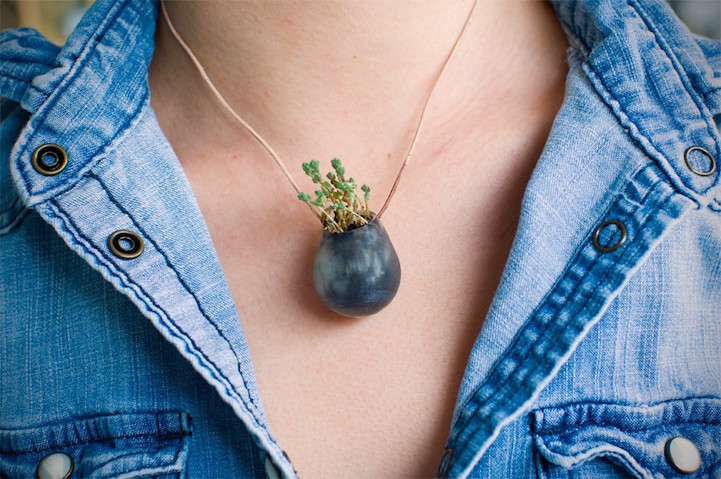
Custom Cast That Speeds Up Bone Healing
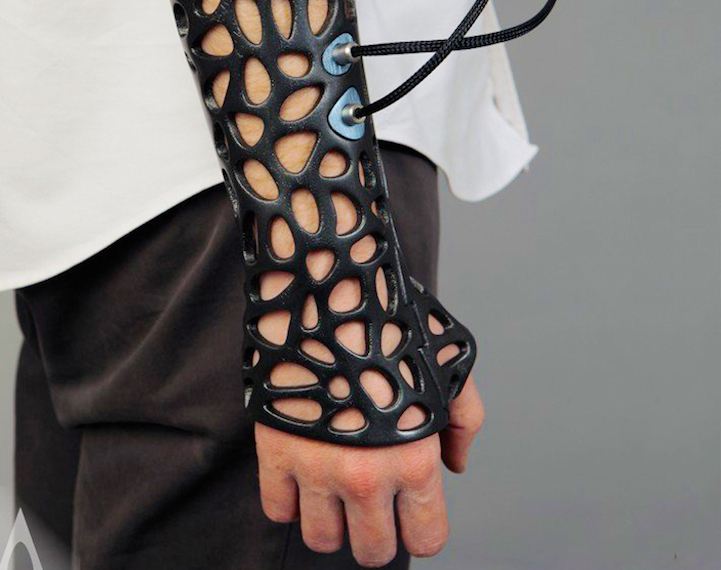
Turkish industrial designer Deniz Karasahin‘s award-winning Osteoid concept design eliminates the need for bulky, itchy medical casts made of plaster. The 3D-printed cast, which features multiple ventilation holes, can be paired with a low-intensity, pulsed ultrasound bone stimulator system that speeds up the healing process by an astonishing 38 percent. Karasahin's groundbreaking, stylish design promises to increase the heal rate up to 80 percent, opening up a whole new world of medical possibilities.
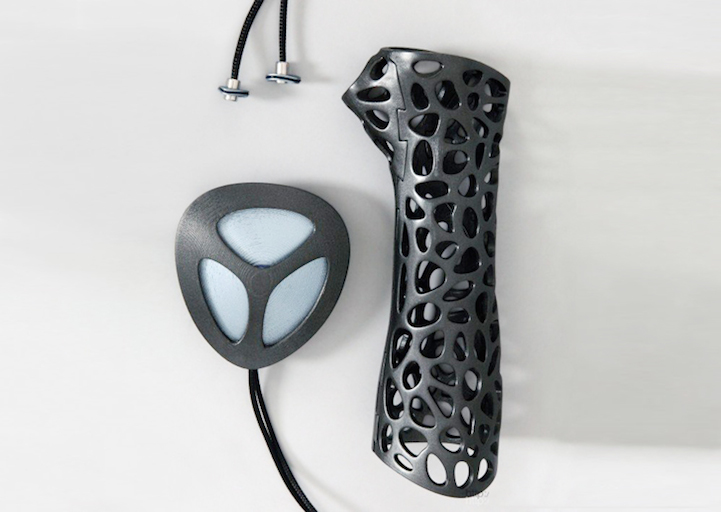
Organs and Cells Created for Educational Research and Development
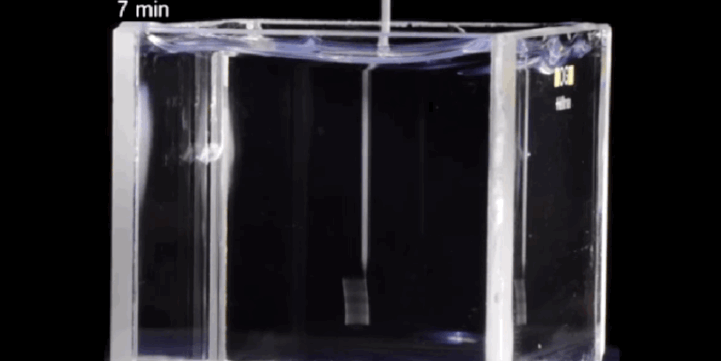
Photo source: Gizmodo
The medical field has greatly benefited from the use of 3D printing. There are 3D-printed heart models that prepare surgeons for high-risk operations. Researchers at the Wake Forest School of Medicine have even developed beating heart cells that will allow manmade organs to function. Most recently, scientists have been working to print biological organs within a supportive gel substance. Though this material isn't yet suitable for the human body, it has helped researchers delve further into the world of 3D bio printing.
 Photo source: 3Dprinting.com
Photo source: 3Dprinting.com
3D printing is a process that's only just getting started. We can't wait to see what the brilliant minds of the world use this innovative technology for in the coming future.
